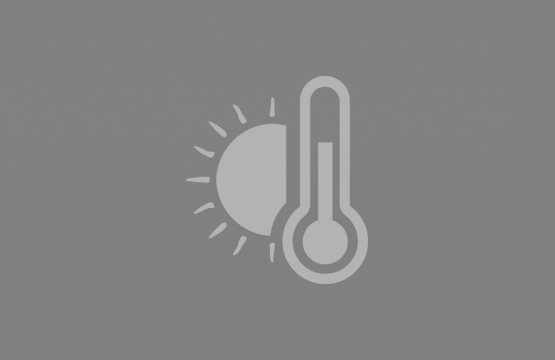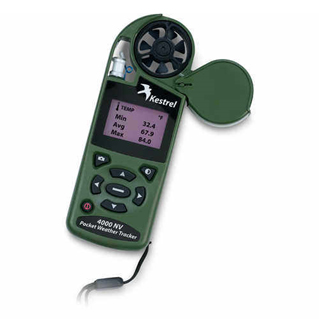

It’s hot today. I was in Tennessee recently, performing an electrical infrared scan in a laminate floor plant. Man, it was hot in there. Hot inside, hot outside, and high humidity. Generally a day better spent sitting in the shade with a fishing rod in your hand. How hot was it? In the plant it was 90°F with 72% relative humidity. Outside was hotter, 93°F with 70% humidity. How do I know? My trusty pocket weather station, of course!
 This thing rocks. I get temperature, relative humidity, dew point, wind speed, etc. It’s handy to have when I do infrared in the field. I can measure the amount of air movement in areas where I’m inspecting. Hence, I can take into account convective cooling. I can get the room temperature and use it for trending if needed. Here’s a good spot for a note. You shouldn’t confuse room temperature for ambient temperature. Sometimes they’re the same thing. However, often they aren’t.
This thing rocks. I get temperature, relative humidity, dew point, wind speed, etc. It’s handy to have when I do infrared in the field. I can measure the amount of air movement in areas where I’m inspecting. Hence, I can take into account convective cooling. I can get the room temperature and use it for trending if needed. Here’s a good spot for a note. You shouldn’t confuse room temperature for ambient temperature. Sometimes they’re the same thing. However, often they aren’t.
Ambient temperature is the temperature of the fluid medium surrounding a surface. If you measure the air temperature with a pocket weather station, where you are and the surface you’re inspecting isn’t right beside you. Therefore, its ambient temperature might be different. If the object you’re inspecting is inside of an enclosure, its ambient is almost certainly different than where you’re standing outside. When I need ambient temperature for an electrical component inside of an enclosure, I look for a high emissivity surface inside the enclosure and as close to the surface I’m inspecting as I can get. Then, I measure the high-emissivity surface and call it ambient. In my opinion, that’s better than using the temperature of the air swirling around little ole’ me.
Speaking of emissivity, I also carry electrical tape with me when I inspect. I can’t always apply it to electrical devices, but I can apply it to other low-emissivity surfaces as needed. The color doesn’t matter and emissivity isn’t color dependent. Paint is useful for emissivity enhancement, but it isn’t practical for me when I inspect. Since I’m usually only there on-site for a day or two, I can’t exactly spray something and sit around watching paint dry!
A good flashlight is something I carry around. You’d be surprised how dark the inside of some panels and enclosures are. Having a good light allows me to perform a decent visual inspection, which is often useful as a follow-up when you find something thermally.
There you have it - extra stuff to take along with you to make your job easier. After all, I am here to help.